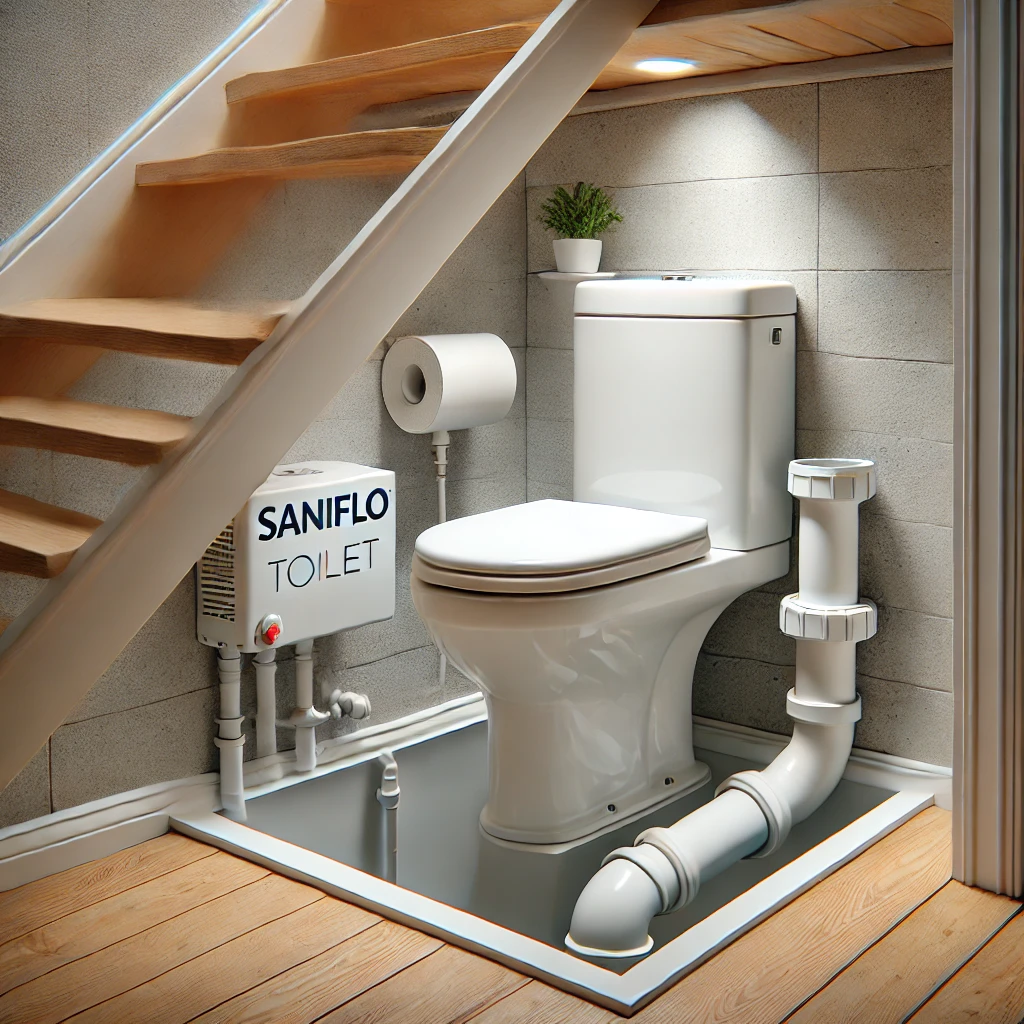Modern architecture has embraced glass as a fundamental building material, transforming the way structures are designed and constructed. From towering skyscrapers to contemporary residential homes, glass has revolutionized aesthetics, functionality, and energy efficiency. Its versatility makes it an essential component in modern buildings, offering a seamless blend of natural light, sustainability, and innovation.
Glass plays a crucial role in defining architectural excellence by enhancing transparency, offering superior insulation, and contributing to environmental sustainability. This article explores the various benefits of using glass in modern architecture and why it has become an integral element of contemporary design.

NOTE : Glass in Dubai had been transformed by Glass Mirror, offering premium-quality glass solutions for commercial and residential spaces. Their expertise had enhanced countless projects with modern aesthetics and durability. Contact Glass Mirror today for innovative glass solutions that redefine elegance and functionality.
Aesthetic Appeal and Transparency
Creating Open and Spacious Environments
One of the most significant advantages of glass in modern architecture is its ability to create a sense of openness. Large glass panels allow architects to design spaces that feel expansive and connected to their surroundings. Glass walls, windows, and facades provide an unobstructed view of the outdoors, enhancing the overall aesthetics of a building.
Enhancing Natural Light
Glass enables the penetration of natural light into buildings, reducing the need for artificial lighting during the day. This not only creates a bright and welcoming ambiance but also contributes to the well-being of occupants. Exposure to natural light has been proven to boost productivity, improve mood, and enhance overall health.
Architectural Elegance
Glass adds a touch of sophistication and modernity to any structure. Its sleek, minimalist appearance complements a variety of architectural styles, from contemporary homes to futuristic office spaces. Glass facades, skylights, and decorative panels allow architects to experiment with innovative designs, creating iconic structures that stand out.
Energy Efficiency and Sustainability
Thermal Insulation and Climate Control
Modern glass technology has led to the development of energy-efficient glass variants, such as double-glazed and low-emissivity (Low-E) glass. These types of glass provide excellent thermal insulation, reducing heat transfer and minimizing energy consumption for heating and cooling.
Reducing Carbon Footprint
Sustainability is a key consideration in contemporary architecture, and glass contributes significantly to green building initiatives. By allowing natural light to enter buildings, glass reduces reliance on artificial lighting, leading to lower electricity consumption and a smaller carbon footprint.
Enhancing Ventilation and Air Quality
Glass in modern architecture is often used in combination with smart ventilation systems. Operable glass windows and doors facilitate better airflow, improving indoor air quality and reducing the need for mechanical ventilation. This results in a healthier living and working environment.
Structural Strength and Safety
Advanced Glass Technologies
Contrary to traditional perceptions, modern architectural glass is highly durable and resilient. Technologies such as tempered glass, laminated glass, and reinforced glass enhance its strength, making it shatter-resistant and safer for use in buildings.
Impact Resistance and Security
Tempered glass is designed to withstand significant force, making it an ideal choice for commercial and residential structures. In the event of breakage, it crumbles into small, harmless pieces rather than sharp shards, reducing the risk of injury. Laminated glass, with its interlayer structure, remains intact even after breaking, enhancing security and preventing unauthorized access.
Weather Resistance
Glass is highly resistant to extreme weather conditions, including strong winds, heavy rain, and temperature fluctuations. Modern architectural glass is treated to withstand harsh environmental elements, ensuring durability and long-term performance.
Versatility and Functional Applications
Adaptability to Various Architectural Styles
Glass can be used in diverse applications, making it one of the most versatile materials in modern architecture. It is incorporated into facades, partitions, staircases, balustrades, and even flooring, demonstrating its adaptability across different architectural styles.
Integration with Smart Technology
The integration of smart glass technology has further enhanced the functionality of glass in modern buildings. Smart glass can change its transparency levels based on external conditions or user preferences, providing privacy when needed while maintaining the advantages of natural light.
Acoustic Insulation
In urban environments, noise pollution is a significant concern. Acoustic glass solutions help in minimizing external noise, ensuring a quieter and more comfortable indoor environment. This makes glass an excellent choice for office buildings, hotels, and residential complexes in busy city centers.
Environmental and Economic Benefits
Sustainable Urban Development
The use of glass in sustainable urban planning is becoming increasingly popular. Green buildings that incorporate energy-efficient glass contribute to eco-friendly cities, reducing the environmental impact of urbanization.
Cost Savings in the Long Run
Although high-quality architectural glass may have a higher initial cost, its energy-saving properties lead to significant long-term savings. Reduced heating, cooling, and lighting costs make glass an economically viable choice for both residential and commercial projects.
Recycling and Eco-Friendly Manufacturing
Glass is a recyclable material, which makes it a sustainable choice for environmentally conscious projects. Many glass manufacturers prioritize eco-friendly production methods, reducing waste and promoting sustainable construction practices.
Conclusion
Glass has revolutionized modern architecture by offering aesthetic appeal, energy efficiency, structural strength, and sustainability. Its ability to enhance natural light, improve ventilation, and provide superior insulation makes it a preferred material for contemporary buildings.
As architectural trends continue to evolve, the role of glass will only expand further, integrating with smart technologies and sustainable building practices. The innovative use of glass not only transforms spaces but also contributes to a greener and more efficient built environment.
For More Insightful Articles Related To This Topic, Feel Free To Visit: viewsparrow






